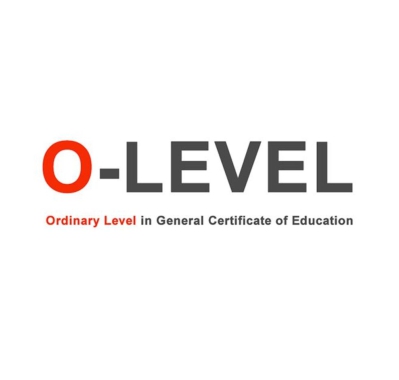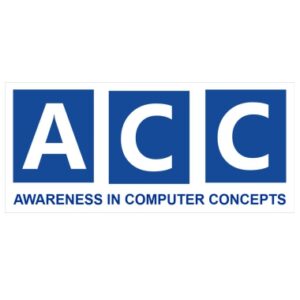The “O” Level computer course typically refers to a certification program focused specifically on computer studies or information and communication technology (ICT). It is designed to equip students with a comprehensive understanding of computer fundamentals, software applications, and practical skills relevant to the modern digital landscape. Here’s a detailed description of what an “O” Level computer course may cover:
- Computer Fundamentals: The course begins with an introduction to computer systems, covering basic concepts such as hardware components (CPU, memory, storage devices), software types (system software, application software), input/output devices (keyboard, mouse, monitor), and peripheral devices (printers, scanners). Students learn how computers function and interact with users.
- Operating Systems: Participants study different operating systems such as Windows, macOS, or Linux. They learn how to navigate the user interface, manage files and folders, customize system settings, install and update software applications, and perform basic troubleshooting tasks. Advanced topics may include system security, file permissions, and system optimization techniques.
- Computer Applications: The course covers commonly used productivity software applications, including word processors (Microsoft Word, Google Docs), spreadsheets (Microsoft Excel, Google Sheets), presentation software (Microsoft PowerPoint, Google Slides), and database management systems (Microsoft Access, MySQL). Students learn how to create, edit, format, and manipulate documents, spreadsheets, presentations, and databases.
- Internet and Web Technologies: Participants explore the fundamentals of the Internet, including web browsing, email communication, social media usage, and online research. They learn about web browsers, search engines, email clients, web-based applications, and cloud computing services. Topics may also include web development basics, HTML/CSS, and website creation tools.
- Programming Concepts: The course introduces students to fundamental programming concepts and languages such as Python, Java, or JavaScript. They learn about variables, data types, control structures, functions, and object-oriented programming principles. Practical exercises and coding projects help students develop problem-solving and algorithmic thinking skills.
- Computer Networks: Participants gain an understanding of computer networks, including network architectures, protocols, topologies, and communication technologies. They learn about local area networks (LANs), wide area networks (WANs), network security principles, and network troubleshooting techniques. Advanced topics may include network administration and configuration.
- Cybersecurity Awareness: The course emphasizes the importance of cybersecurity and safe computing practices. Students learn about common security threats (such as malware, phishing, and hacking) and preventive measures (such as antivirus software, firewalls, and encryption). They also explore ethical and legal considerations related to cybersecurity.
- Practical Projects and Assessments: Throughout the course, students engage in hands-on practical exercises, projects, and assessments to reinforce their learning and demonstrate their proficiency in various computer skills and concepts. These may include creating documents, developing presentations, writing code, configuring network settings, and troubleshooting computer problems.






Reviews
There are no reviews yet.